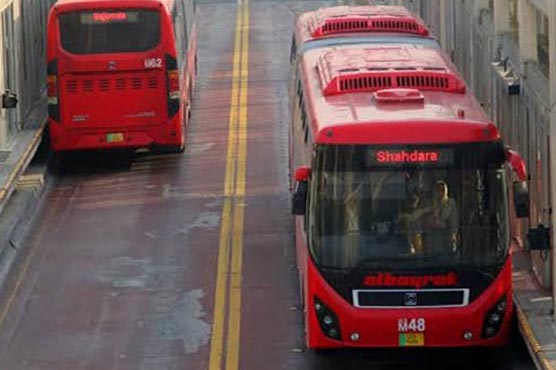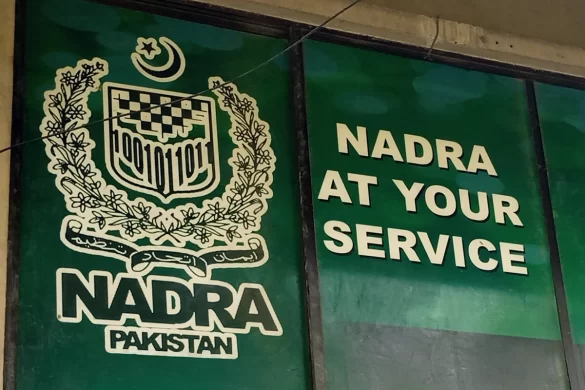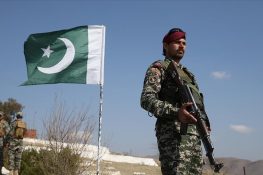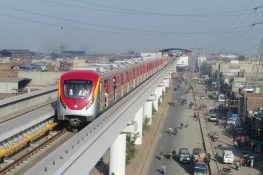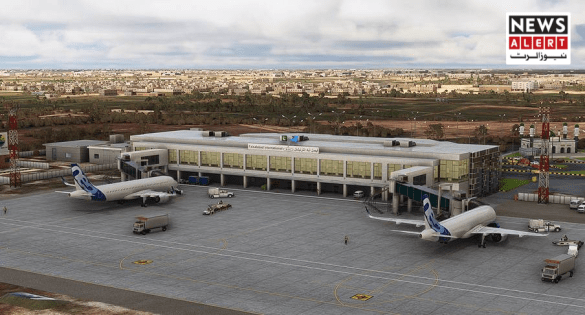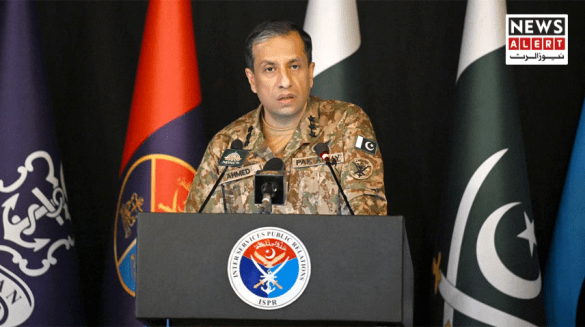Lahore’s Public Transport Shutdown Enters Third Day
For the third consecutive day, public transport services in Lahore have remained completely suspended, leaving commuters across the city stranded and frustrated. The Orange Line Metro Train, Metro Bus, and Speedo Bus services — which collectively transport hundreds of thousands of passengers daily — have all been shut down, bringing routine life to a near standstill.
According to city residents, the suspension has caused widespread chaos. Many people are struggling to reach offices, schools, and workplaces. The lack of public transport has not only disrupted mobility but also driven up costs for alternative options such as rickshaws and taxis, which have significantly increased fares amid growing demand.
Commuters Face Rising Costs and Congested Roads
With no buses or metro services available, the pressure on private and semi-private transport has increased dramatically. Long queues were seen at rickshaw and cab stands, while many commuters resorted to walking long distances to reach their destinations.
In several parts of Lahore, traffic congestion has worsened due to an influx of private vehicles. “I normally take the metro to work,” said a commuter. “Now I’m paying double the amount to get there by rickshaw — and it still takes twice as long.”
Local residents and transport analysts warn that prolonged suspension of services could have broader economic impacts, particularly for low-income workers who depend on affordable public transport. Lahore’s mass transit network was designed to ease traffic and reduce pollution, but its closure has reversed those gains.
Protests Disrupt Twin Cities of Rawalpindi and Islamabad
Meanwhile, the situation in Rawalpindi and Islamabad remains tense due to ongoing protests led by a religious group. Authorities have sealed several key routes, including Faizabad Interchange, IJP Road, Expressway, Khanna Pul, Kuri Road, and Dhoke Kala Khan, severely restricting movement between the twin cities.
As a result, commercial and business activities have largely come to a halt. Many markets and offices remain closed, while goods transport between the two cities has also been disrupted.
Security forces have been deployed at several key junctions to maintain order and prevent the situation from escalating further.
Schools Closed and University Exams Postponed
Amid heightened tensions and transport disruptions, the Lahore Education Department ordered the closure of all public and private schools on short notice. The decision, officials said, was made due to road blockages and security concerns.
In addition, Punjab University has postponed its scheduled LLB examinations, with new dates to be announced later. The university administration cited logistical difficulties in ensuring that students and staff could reach examination centers safely.
The sudden closures have further compounded frustration among parents and students, who were already struggling with mobility issues due to the suspension of transport services.
Citizens Demand Urgent Government Action
Residents and civil society groups are calling on the provincial government to take immediate steps to restore normalcy. Many argue that prolonged transport disruptions and citywide closures are severely affecting education, trade, and daily life.
“We understand the need for security,” said a shopkeeper in central Lahore, “but the government must find a balance. People can’t keep losing income and students can’t keep missing school.”
Public appeals have also urged authorities to engage with protest organizers and reopen major routes, emphasizing the need for better coordination between law enforcement and civic agencies to prevent citywide paralysis in the future.
Economic and Social Impact
Lahore’s public transport system serves as the backbone of urban mobility for over 300,000 daily commuters, according to the Punjab Mass Transit Authority. Its suspension for multiple days not only hampers productivity but also contributes to environmental and social strain.
Economists warn that if the shutdown continues, it could lead to losses running into millions of rupees due to reduced commercial activity and fuel consumption spikes.
Conclusion
The ongoing transport suspension and protest-related closures in Lahore, Rawalpindi, and Islamabad highlight the fragility of urban infrastructure in times of political or social unrest. As thousands struggle with disrupted routines, there is growing pressure on authorities to find swift, peaceful, and sustainable solutions to restore normal life across Punjab’s major cities.

